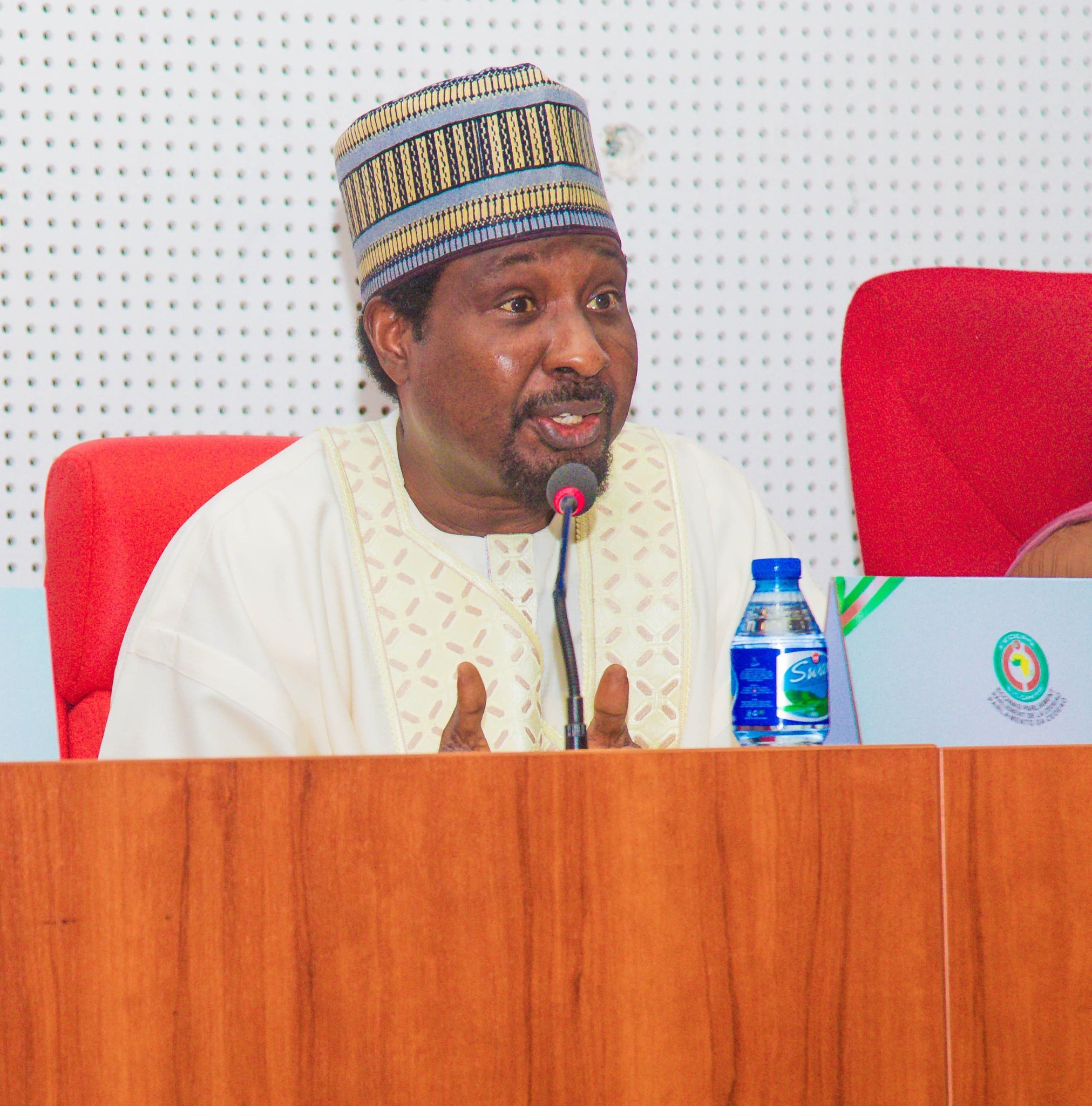Ghana Explains 2.45% Electricity Tariff Rise Effective July 1
The adjustment, though modest, has prompted consumer questions, leading the regulator to outline the specific economic factors necessitating the rise to maintain grid stability.
The PURC emphasizes this is not an arbitrary decision but part of Ghana’s established Quarterly Tariff Review Mechanism. This system, required every three months, adjusts prices based on current economic variables to ensure power producers can cover costs and continue supplying electricity without incurring unsustainable losses. The mechanism aims to prevent larger, more disruptive adjustments.
Key cost drivers cited include a marginal rise in the Weighted Average Cost of Gas (WACoG), which increased from $7.63 to $7.71 per MMBtu. As thermal plants, heavily reliant on imported gas, generate most of Ghana’s power, even small fuel cost changes accumulate significantly across the national grid. Furthermore, the exchange rate remains critical; PURC used a rate of GHS 10.3052 to the dollar for this review, reflecting the cost impact of dollar-denominated energy sector contracts and imports.
Inflation significantly influences operational expenses. PURC applied a rate of 20.67% in its calculations, reflecting the increased costs utilities face for labour, equipment maintenance, and other services compared to previous periods. Additionally, the PURC states an outstanding revenue requirement of GHS 488 million must be recovered. This represents accumulated costs from prior quarters that haven’t been fully covered, not new borrowing.
Maintaining reserve generation capacity, essential for preventing blackouts, also contributes to the overall cost structure. This backup power, while ideally not constantly used, incurs costs simply by being available. According to the PURC, these small, regular adjustments are necessary to safeguard the financial health of utility companies and prevent more severe system failures or supply shortages in the future, balancing operational viability with consumer impact.
Follow on Google News











